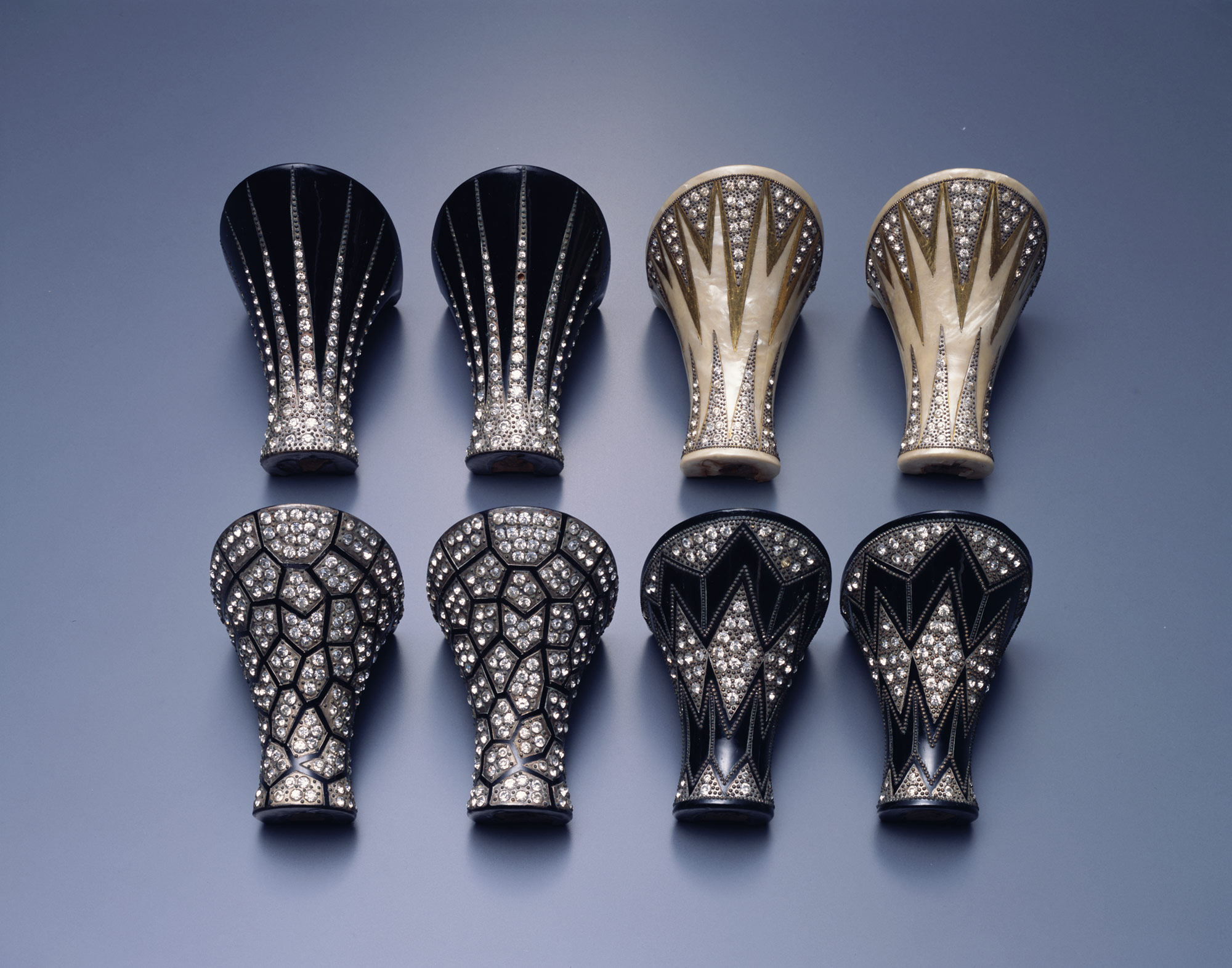Tools needed:
A large stock pot - preferably steel
Water
Fabric - not so much that it has to be seriously wadded up to fit in the pot. I'd say 2 yards is max.
Dye
Salt
Laundry
Detergent - dye and scent free. Synthrapol is the best, because it
leaves no residues, but you can substitute any other.
Cup - glass or steel to mix the dye in
Spoon - short tablespoon
Long-handled stirring spoon for the pot
Steel Tongs - nice but not necessary
Important
to note - anything you start using for dye should forever more be a dye
receptacle. Don't try eating out of something that's been used for
dying. It's unsafe. Dye is a chemical, and it can be very dangerous.
First
you need clean fabric. Clean and wet. To prevent tangling and
danglies I usually serge both cut ends. Then wash it in the washer on
whatever cycle you would normally wash that type of fabric. Use the dye
and scent free detergent. When the cycle finishes just leave the
fabric in the washer. We need it wet.
While the washer is going
start your dye water. Fill the pan about 3/4 of the way full and start
it on high. We don't want it to rolling boil, just the boil stage where
little bubbles are forming everywhere. Add salt while you're at it.
Usually for my 4 gal. pot I use about 1 1/2 cups. There shouldn't be
salt on the bottom when you're done. I use the cheap table salt you can
get for 30-50 cents a can, but you can use whatever's cheapest. Just
make sure whatever you're using will dissolve (kosher and block salts
take longer to dissolve than finely ground stuff). The salt will
decrease the surface tension on the water and change its ph, making it
easier for the dye to penetrate the fibers.
While that is going
work on the dye. It needs to be worked into a liquid form without
getting all over, or worse, into your lungs. Measure out the dye into a
separate cup (I have a separate dying glass pyrex measuring cup I use
for this). Carefully pour a tiny bit of water over top of the dye.
Don't pour too roughly, you don't want the dye powder to become
airborne. After there's about 1/2" of water in the cup use the spoon to
mash the water into the dye. Don't stir - that will cause the dye
powder to become airborne. Just mash, getting the dye thoroughly wet
and getting rid of lumps. If necessary add more water, a little at a
time. When you've got a good dye paste mixed up with no lumps you can
add more water and start stirring. Take care not to leave a sludge of
dye at the bottom of the cup. When the cup is about half full and the
water is at the barely-bubbling point pour the dye in carefully. Stir
it around until the water is all the same color and the dye is
thoroughly mixed in.
Now it's time to add the fabric! Again,
make sure the fabric is damp. Having the fabric already wet helps
prevent surface tension from forming in little air bubbles in the
fabric. Surface tension will cause spots and uneven dying. So put the
fabric in, submerging it as fast as possible without wadding the fabric
or causing splashes. Use the spoon and/or the tongs to push the fabric
entirely under the water. While you are pushing stir the fabric around
so that all parts get into contact with the dye.
Now comes the
guessing part. If you did test samples (do them the same way, but in
smaller batches), then you know how long to leave the fabric in. If
not, then you'll have to just stir it around and pull a corner out
occassionally until it looks dark enough. Remember that wet fabric is
going to be darker than dry. If I haven't done a test batch but still
don't want the fabric too dark then I will cut up a few samples and
throw them on top of the fabric. Every few minutes I'll pull out a
sample, rinse it, and iron it to quickly dry it so I can see the true
color.
When the fabric is the right color then take the pot off
the stove and pour it into the sink. Turn on the hot water and rinse
the fabric until the water runs clear. This will take A LONG TIME.
Every once in a while I'll fill the sink and stir it around to release
more dye, then drain and start over again. You can use some soap as
well (any soap, even dish soap, is fine), just be sure all the dye is
gone. When the dye seems gone I usually switch to the washer just in
case. If any dye is left in the sink bleach it out (I have diluted
bleach in a spray bottle for this purpose). Same with the washer, when
you're done run a load of just bleach water to make sure all the dye is
gone. When you're finished washing, dry your newly colored fabric and
sew away!
This is also the method I use to dye or tint
synthetics. Instead of simmering for a few minutes, I'll simmer for a
few hours, making sure that the water level stays high enough to cover
the fabric and adding more if necessary. After at least 4 hours (6-10
is better) I'll turn off the stove and cover the pot with tin foil, then
let cool overnight (honestly, I usually forget for a few days and
there's never been any harm). Then pull it out and wash as usual.
Whether or not this will actually work depends on the type of synthetic,
what it's blended with, what the proportions are of each fiber, and the
weave. I swear it also depends on the phase of the moon and the tidal
pull, how many fishes are swimming east, and other completely intangible
effects, because they can be pretty random, but IMO it never hurts to
try.











nu=3349)583)9;7)WSNRCG=3237;6855+8+7nu0mrj.jpg)
